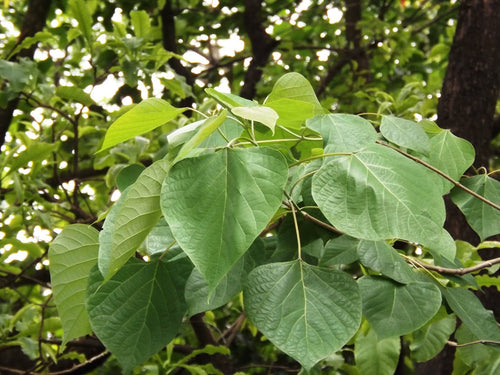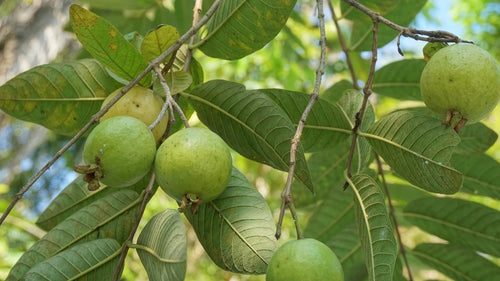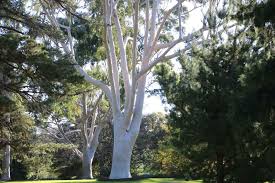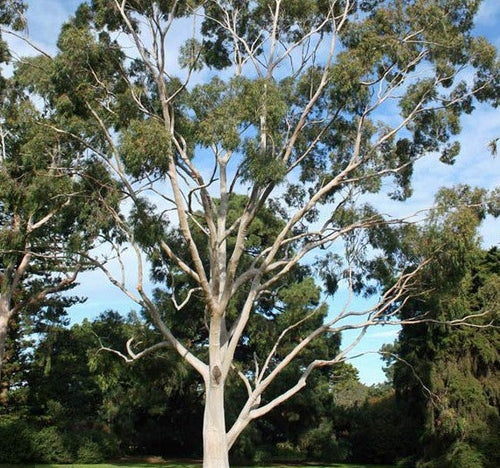"Greening Madhya Pradesh: Grow Billion Trees Drives Sustainable Agroforestry Transformatio
Grow Billion Trees has launched an impactful agroforestry initiative across Madhya Pradesh, partnering with both corporates and individuals to promote Read more
Project Update 2
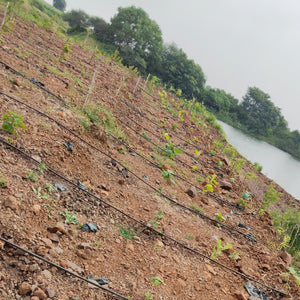

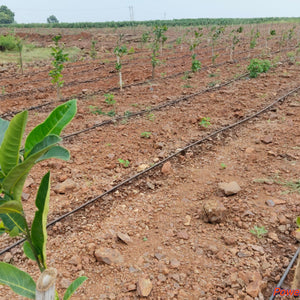
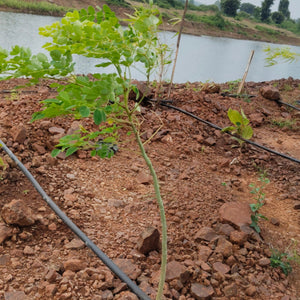
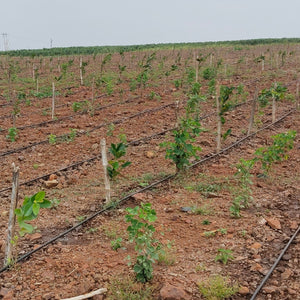

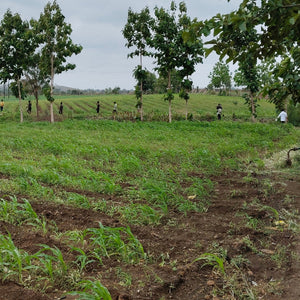
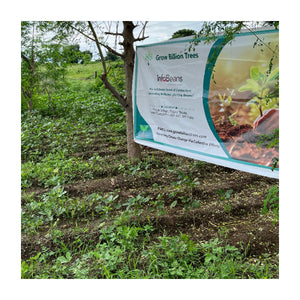
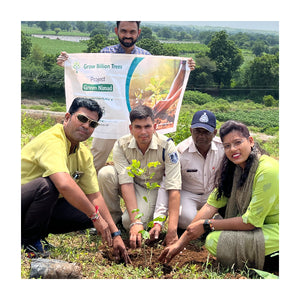
Project Update 1
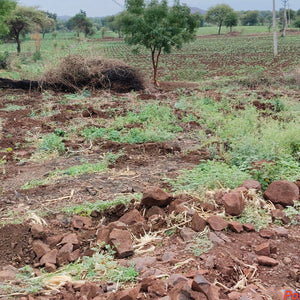
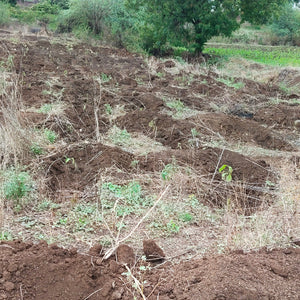
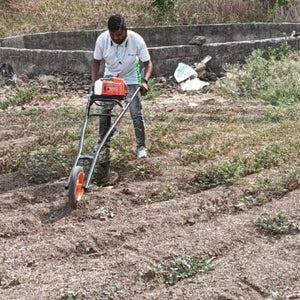
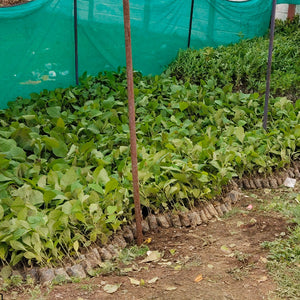
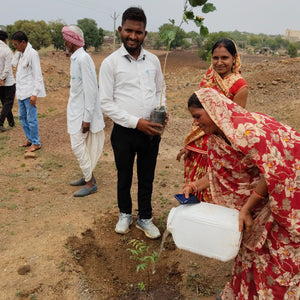
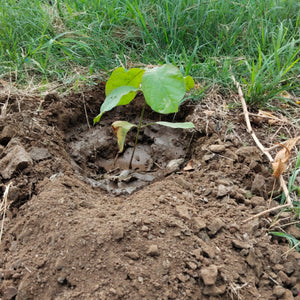
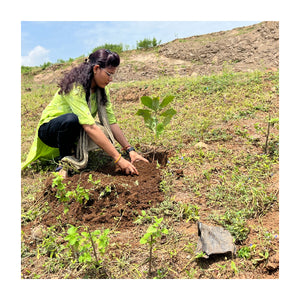
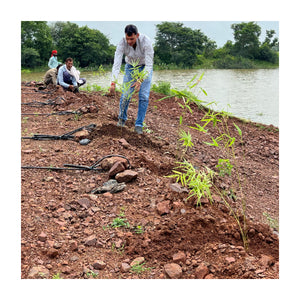
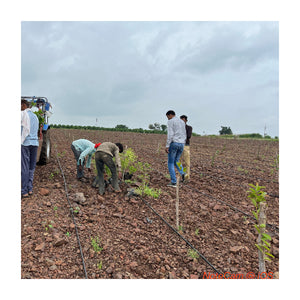
Digital Forest
Forest with 17,158 Trees planned
Want to plant your tree now?
Plant a Tree @ 299Greening Madhya Pradesh: Grow Billion Trees Drives Sustainable Agroforestry Transformation
Grow Billion Trees has launched an impactful agroforestry initiative across Madhya Pradesh, partnering with both corporates and individuals to promote sustainable land use practices. By working closely with farmers in various villages, the initiative aims to enhance the productivity of farmland while restoring ecological balance. A diverse mix of fruit trees and native species are being planted on the bunds, or raised embankments, surrounding the farmlands.
This approach offers a dual benefit: fruit trees provide an additional source of income for the farmers, while the native trees strengthen the local ecosystem by improving soil fertility, reducing erosion, and enhancing water retention. Planting on bunds maximizes land use efficiency without disrupting the core agricultural activities, allowing farmers to reap the benefits of agroforestry without sacrificing their crop yield.
Supported by corporate sponsors and individual donors, Grow Billion Trees has been able to extend its reach to multiple villages, empowering local communities to adopt eco-friendly practices that benefit both the environment and their livelihoods. This initiative not only contributes to reforestation and biodiversity but also helps mitigate climate change by increasing carbon sequestration. Through this collaborative effort, Grow Billion Trees is making a lasting impact on both the land and the people of Madhya Pradesh.
Plantation Date
Project Commencement: 6th July 2024
Trees Planted
Total: 17,158 trees planted
Commitment By Grow Billion Trees
Grow Billion Trees is committed to driving sustainable plantation efforts, ensuring every initiative aligns with key environmental objectives and promotes long-term ecological balance. They focus on selecting native tree species that are well-adapted to local ecosystems, ensuring a higher survival rate and stronger environmental impact.
To maintain plant health and longevity, Grow Billion Trees emphasizes continuous maintenance and regular monitoring of the plantations. This approach helps ensure that each tree thrives, contributing effectively to both biodiversity and climate resilience.
Transparency is a core principle in their operations. Clients receive comprehensive reports, including geo-tagging of planted trees, survival rate updates, and ongoing progress reports. This level of openness allows clients to track the direct impact of their contributions, reinforcing trust and accountability.
Through their dedication to sustainable practices, Grow Billion Trees ensures that every plantation project leaves a lasting positive footprint on both the environment and the local communities it serves.
Summary
By partnering with corporates, individuals, and local farmers, Grow Billion Trees agroforestry approach enhances land productivity without reducing space for crops, creating a balanced and efficient use of farmland.
The project offers significant advantages, including improved soil health, better water retention, and erosion control, while also fostering biodiversity and supporting climate resilience. The trees act as carbon sinks, aiding in the fight against climate change, and provide an additional income stream for farmers through fruit harvesting.
This initiative not only restores the ecological balance of the region but also empowers farmers with sustainable practices, contributing to long-term agricultural and environmental resilience. Grow Billion Trees is driving impactful change, turning degraded land into thriving ecosystems and creating a sustainable model for rural communities.
Trees for Corporates
Trending
Most Popular
1. Sustainable Farming Techniques
Sustainable farming techniques are like the ultimate cheat code to winning at nature! By integrating trees into agriculture (hello, agroforestry!), we’re playing the long game—improving soil, increasing biodiversity, and ensuring farmers don’t burn out their land faster than they can say "harvest." Grow Billion Trees is all about these green hacks, planting fruit trees that feed both the planet and people. It’s the perfect way to reap what you sow—literally—while keeping Mother Nature smiling. So, ready to farm like a pro and save the world? Start by planting a tree or two!
2. Carbon Sequestration
Carbon sequestration is like putting carbon dioxide on time-out—it’s locked away in trees instead of floating around causing trouble. Agroforestry, as practiced by Grow Billion Trees, plays the superhero in this story by absorbing CO2 through tree plantations and storing it in biomass. The best part? While these trees are hard at work saving the planet, they’re also producing fruits and shade. So, let’s plant more trees, sequester more carbon, and let the planet breathe easier—who knew saving the Earth could be so… fruitful?
3. Agroforestry Income
Who knew trees could moonlight as income generators? With agroforestry income, trees don’t just stand there looking pretty—they produce fruits, timber, and even honey! Thanks to Grow Billion Trees, farmers in Madhya Pradesh are cashing in on this eco-friendly side hustle. Plant a tree on your farm bund, watch it grow, and before you know it, you’re harvesting not only crops but also profits. It’s like having a personal green ATM on your farm—just without the hidden fees!
4. Bund Plantation
Bund plantation is farming’s secret weapon for land efficiency. Imagine planting trees on those raised embankments (bunds) around your fields—it’s like adding a multi-tasking superstar to your farm’s lineup. Not only do these trees prevent soil erosion, but they also bring extra income from fruits. Grow Billion Trees is nailing this technique in Madhya Pradesh, turning unused spaces into tiny green goldmines. Want to optimize your farm and fight climate change? Think bund plantation—it’s farming, leveled up!
5. Native Species Restoration
Restoring native species isn’t just a trendy eco-move—it’s like bringing back the rockstars of the ecosystem. Native trees, with their deep roots in local soil (pun intended), help rebuild biodiversity and restore the natural balance. Grow Billion Trees has made this a mission, planting species that naturally belong and thrive in their environment. These trees don’t need much coddling—they’re tough, they’re local, and they’re exactly what our ecosystems need to rock on! So, next time you plant, think native—it’s nature’s original hit band.
6. Climate Change Mitigation
Climate change mitigation is a fancy way of saying, "Let’s cool it, planet!" And trees are our best bet. Grow Billion Trees is on a mission to plant forests that act like giant air conditioners—soaking up CO2, cooling down the climate, and giving us a shade break. The more trees we plant, the bigger our climate defense army grows. Want to do your part? Plant a tree and join the coolest movement around—because nothing beats climate change like a forest full of chill vibes!
7. Soil Erosion Control
Soil erosion control is the ultimate farming fix. It’s like putting a protective shield around your land, and guess what? Trees are the secret ingredient! Grow Billion Trees is using bund plantations and agroforestry to lock the soil in place, preventing it from being washed away during heavy rains. It’s the eco-version of “staying grounded” and ensures that crops have a healthy bed to grow on year after year. Want to protect your farm? Plant trees—they’re the soil’s best friends!
8. Reforestation Initiatives
Reforestation initiatives are like nature’s reboot button, and Grow Billion Trees is pressing it with enthusiasm! By planting trees across Madhya Pradesh, this initiative is turning barren lands into green paradises, one sapling at a time. It’s not just about planting trees—it’s about planting hope, biodiversity, and resilience. Whether it’s agroforestry, bund plantation, or native species restoration, Grow Billion Trees is giving Mother Nature the ultimate comeback tour. So, why not join the reforestation revolution? Every tree counts, and the Earth will thank you for it!
FAQ
What is agroforestry, and how does Grow Billion Trees implement it?
Agroforestry is the practice of integrating trees into agricultural land, enhancing productivity and environmental sustainability. At Grow Billion Trees, we promote agroforestry by planting fruit-bearing and native trees on farm bunds (embankments) in partnership with local farmers. This approach not only restores biodiversity but also boosts farmers' incomes through fruit harvests. Agroforestry helps combat climate change, improve soil health, and foster sustainable farming, making it a win-win for both agriculture and the environment.
How does tree plantation help the environment?
Tree plantation plays a vital role in reducing carbon dioxide levels, improving air quality, and conserving biodiversity. Trees absorb CO2, a major greenhouse gas, and release oxygen, making them crucial for climate change mitigation. Grow Billion Trees plants diverse native and fruit trees that also support local ecosystems, preventing soil erosion and improving water retention. Through our efforts, tree plantations contribute to reforestation, environmental restoration, and climate resilience.
Why is bund plantation important in agroforestry?
Bund plantation is important because it maximizes land use efficiency by planting trees on raised embankments around farmlands. Grow Billion Trees uses this technique to promote sustainable farming without reducing the area available for crops. Bund plantation helps prevent soil erosion, improves water retention, and enhances soil fertility. Additionally, the planted fruit trees provide an extra source of income for farmers, contributing to both ecological and economic sustainability.
How does Grow Billion Trees contribute to climate change mitigation?
Grow Billion Trees fights climate change through large-scale tree plantation initiatives that absorb CO2 and restore green cover. By planting millions of trees, especially in agroforestry systems, we contribute to carbon sequestration, reducing greenhouse gases in the atmosphere. Our reforestation efforts, combined with sustainable farming practices, help mitigate climate change while improving biodiversity and supporting local communities. Tree plantation is one of the most effective solutions to counteract global warming, and we’re committed to making a difference.
What types of trees are planted by Grow Billion Trees?
Grow Billion Trees focuses on planting a mix of native species and fruit-bearing trees. Native trees help restore biodiversity, improve soil health, and are well-adapted to local climates. Fruit-bearing trees, on the other hand, provide farmers with an additional source of income, making our agroforestry efforts both environmentally and economically beneficial. We select species that thrive in the specific regions where we work, ensuring long-term sustainability and resilience.
How do farmers benefit from agroforestry with Grow Billion Trees?
Farmers benefit from agroforestry by gaining an additional income source from the fruit-bearing trees planted on their bunds. These trees also improve soil health, water retention, and protect against soil erosion, enhancing overall crop productivity. Grow Billion Trees supports farmers by providing them with tree saplings and guidance, creating a sustainable agricultural model that boosts yields while promoting environmental restoration. Our agroforestry approach empowers farmers to adopt eco-friendly practices that improve both livelihoods and landscapes.
How does Grow Billion Trees collaborate with corporates?
Grow Billion Trees partners with corporates to support large-scale reforestation and agroforestry initiatives. These collaborations allow companies to invest in sustainability by funding tree plantation projects and contributing to carbon offset efforts. Corporates play a vital role in helping us expand our tree-planting programs, promoting environmental stewardship, and aligning their business goals with environmental and social responsibility. Together, we create long-lasting, measurable impacts on both local communities and the planet.
How does tree plantation support local communities?
Tree plantation provides a wide range of benefits to local communities. It improves the environment by restoring biodiversity, reducing air pollution, and enhancing soil health. At Grow Billion Trees, we also focus on planting fruit-bearing trees that offer an additional income source to farmers. Communities benefit from better agricultural productivity, improved resilience to climate change, and increased opportunities for eco-friendly livelihoods. Our tree-planting projects engage communities in sustainable practices, ensuring long-term social and environmental impacts.
What role does biodiversity play in tree plantation?
Biodiversity is crucial for the success of tree plantation projects. At Grow Billion Trees, we plant a diverse range of native and fruit-bearing trees, which support healthy ecosystems. Biodiversity ensures that local wildlife, including birds, insects, and small mammals, thrive in these areas, creating a balanced environment. A diverse tree population also strengthens the resilience of ecosystems to pests, diseases, and climate variations, contributing to long-term environmental stability.
How can individuals contribute to Grow Billion Trees’ mission?
Individuals can contribute by donating to our tree-planting projects, participating in volunteer activities, or raising awareness about the importance of reforestation and agroforestry. Grow Billion Trees offers several ways for individuals to support environmental conservation efforts, whether through sponsorship of tree plantations or engaging in local community efforts. Every tree planted makes a difference, and individual contributions help us move closer to our goal of creating a greener, more sustainable future for all.
- Choosing a selection results in a full page refresh.
- Opens in a new window.







